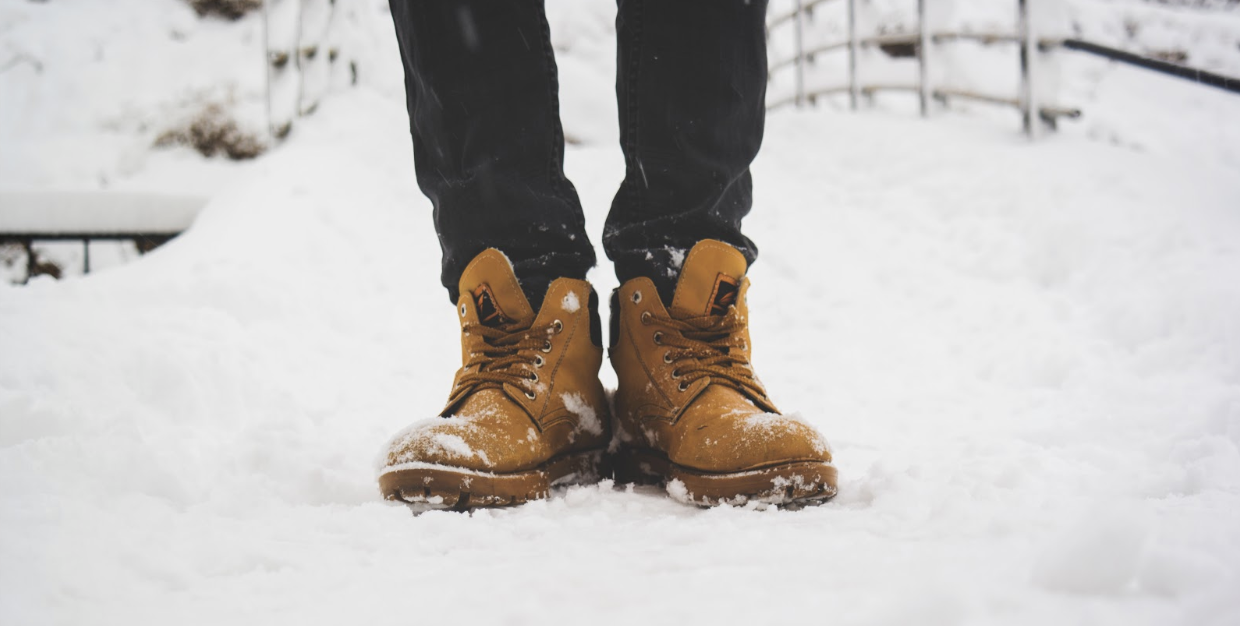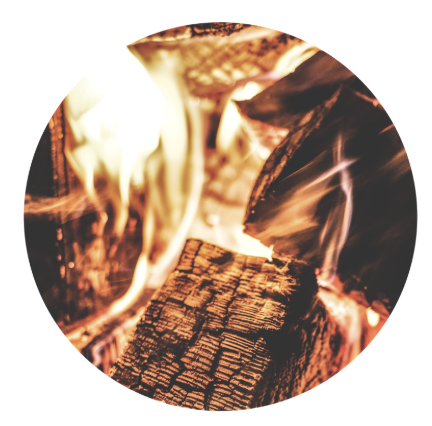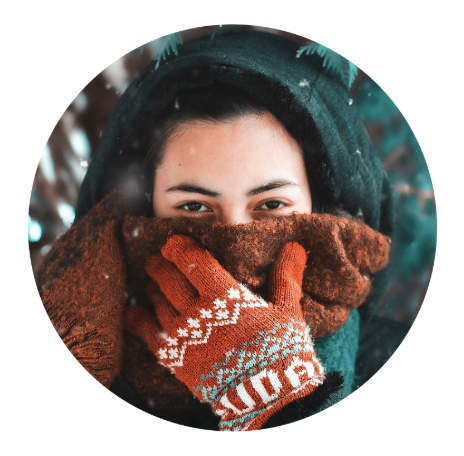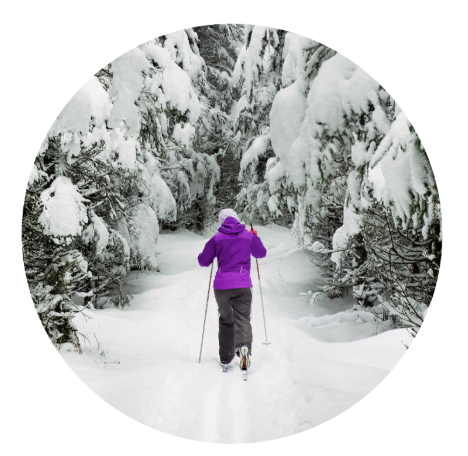 Freezing temperatures, stronger winds, and drier air conditions can make breathing more difficult, especially if you’re living with COPD (chronic obstructive pulmonary disease). This winter, learn how to help protect your lungs and prevent frequent COPD flare ups that require hospitalization and time spent away from your loved ones.
Freezing temperatures, stronger winds, and drier air conditions can make breathing more difficult, especially if you’re living with COPD (chronic obstructive pulmonary disease). This winter, learn how to help protect your lungs and prevent frequent COPD flare ups that require hospitalization and time spent away from your loved ones.
Why Does Cold Weather Cause COPD Flare Ups?
When the temperature drops, your body works harder to stay warm, putting additional strain on your heart and lungs: “With an onset of low to extreme temperatures blood vessels begin to narrow, restricting blood flow and depriving the heart of oxygen.”1 Therefore, the lungs must work harder to provide oxygen through the bloodstream, and if you’re already experiencing common COPD symptoms, including shortness of breath, wheezing, and chronic cough, the added pressure can aggravate your chronic symptoms.
In addition to colder temperatures, drier air conditions can also irritate your lungs by reducing moisture in the airways and causing inflammation.
 Common COPD Triggers in Winter:
Common COPD Triggers in Winter:
During the winter season, try to stay away from the following COPD triggers to help you breathe easier and avoid lung irritation that may lead to exacerbations:
- Woodburning Stoves & Fireplaces
- Smoking
- Drier Air Conditions
- Strong Winds
Citations 3-6
3 COPD and Cold Weather Tips
To help you stay healthy this winter, remember to perform your prescribed airway clearance treatment and antibiotic regimens to help improve restricted airflow and prevent a respiratory infection. In addition, here are three other tips to help you manage your COPD in cold weather:
 Cover Your Nose and Mouth: According to the American Lung Association, if you’re planning to travel this winter or if you’ll be staying outdoors for an extended period of time, remember to cover your nose and mouth with a scarf and breathe in through your nose and out through your mouth. This technique helps warm the air before it reaches your airways. Your clinician may also recommend that you wear a mask outdoors, such as a CT Mask, that’s specifically designed for people living with COPD or asthma.
Cover Your Nose and Mouth: According to the American Lung Association, if you’re planning to travel this winter or if you’ll be staying outdoors for an extended period of time, remember to cover your nose and mouth with a scarf and breathe in through your nose and out through your mouth. This technique helps warm the air before it reaches your airways. Your clinician may also recommend that you wear a mask outdoors, such as a CT Mask, that’s specifically designed for people living with COPD or asthma.
- Get Your Annual Flu Shot: Experts agree that one of the most effective ways to protect your lungs against the colder temperatures is staying current on your flu vaccines. As COPD patients are more likely to contract pneumonia, skipping your annual flu shot may put you at a higher risk of developing this or another lower respiratory infection.
- Avoid Strenuous Outdoor Activities: When the temperature dips, it’s better to stay indoors and avoid going outside. Performing any type of strenuous activities (i.e. shoveling snow, jogging, skiing, etc.) can put your lungs at risk of exposure to dry air and cause you to experience a flare up of symptoms.

Protect Your Lungs from COPD and Cold Weather
For more tips on living with COPD, stay connected to our blog page for new research, tips, and information on COPD and bronchiectasis. If you or a loved one is experiencing an overlap of COPD and bronchiectasis, contact your clinician today for a high-resolution computerized tomography (HRCT) scan. If diagnosed with bronchiectasis, you may be eligible for the SmartVest Airway Clearance System, a high frequency chest wall oscillation (HFCWO) therapy device that’s clinically proven to reduce hospitalizations and stabilize lung function.10

